My son and I are trying to build a somewhat large Rotating POV Cylinder (or Globe) making use of ready-made Addressable RGB LED strips (WS28011 or LPD8806?). After some browsing, we found that many of the stuff in the web make use of Arduino and similar micro-controllers. They also create their own codes or programs.
Since we are not that technically competent, we would prefer to make use of our windows-based PCs or the T1000 controller for the LED strip, if this is possible. If not, my son knows a bit of C+ and Python. We would attempt to play video or a series of images to the Rotating POV device. We are considering to use a Raspberry Pi since I intend to show videos in the POV and make use of a large number of addressable RGB LEDs.
My questions are:
- Is this project feasible?
- Could the controller just play one line of pixels of an image in a portion of a microsecond while it is rotated to produce the desired image? Most of the POV samples in the web are only several pixels high while I am thinking of something that is around 120 to 240 pixels high.
- What readily available micro-controller or micro-processor do you suggest and why?
- What Addressable RGB LED Strip should I use? We are considering the WS28011 strips since they have as many as 144 LEDs per meter.
- There is a T1000 controller. Can this be used?
- Are there ready-made applications that will allow to display videos in the Rotating POV Cylinder (such as the LedEdit for LED matrices)? Perhaps we could acquire the output of the LedEdit app and divide these into columns.
Below is an image of what we are trying to achieve.

We would appreciate your comments and feedback. I would just want my son (and I in the process) to learn from something that seems to interest him.
Regards,
JB